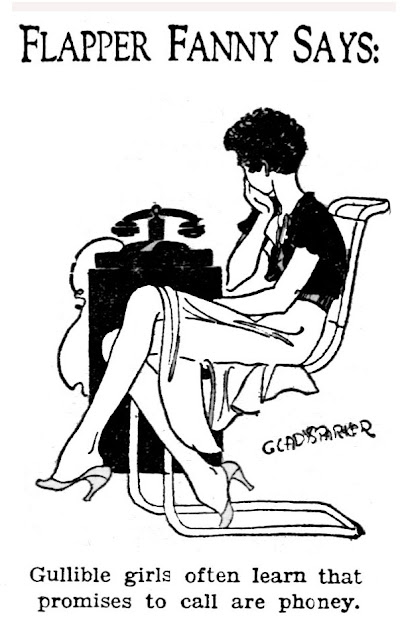Showing posts with label 1930s. Show all posts
Showing posts with label 1930s. Show all posts
Friday, December 5, 2025
Friday, October 24, 2025
Friday, October 10, 2025
Friday, September 26, 2025
Friday, September 12, 2025
Friday, August 29, 2025
Friday, August 8, 2025
Friday, June 27, 2025
Friday, June 13, 2025
Friday, May 30, 2025
Friday, May 16, 2025
Friday, May 2, 2025
Friday, April 18, 2025
Friday, April 4, 2025
Friday, March 28, 2025
Friday, March 14, 2025
Friday, February 21, 2025
Friday, January 24, 2025
Friday, January 10, 2025
Friday, December 6, 2024
Subscribe to:
Comments (Atom)














.jpg)

















.jpg)







.jpg)
